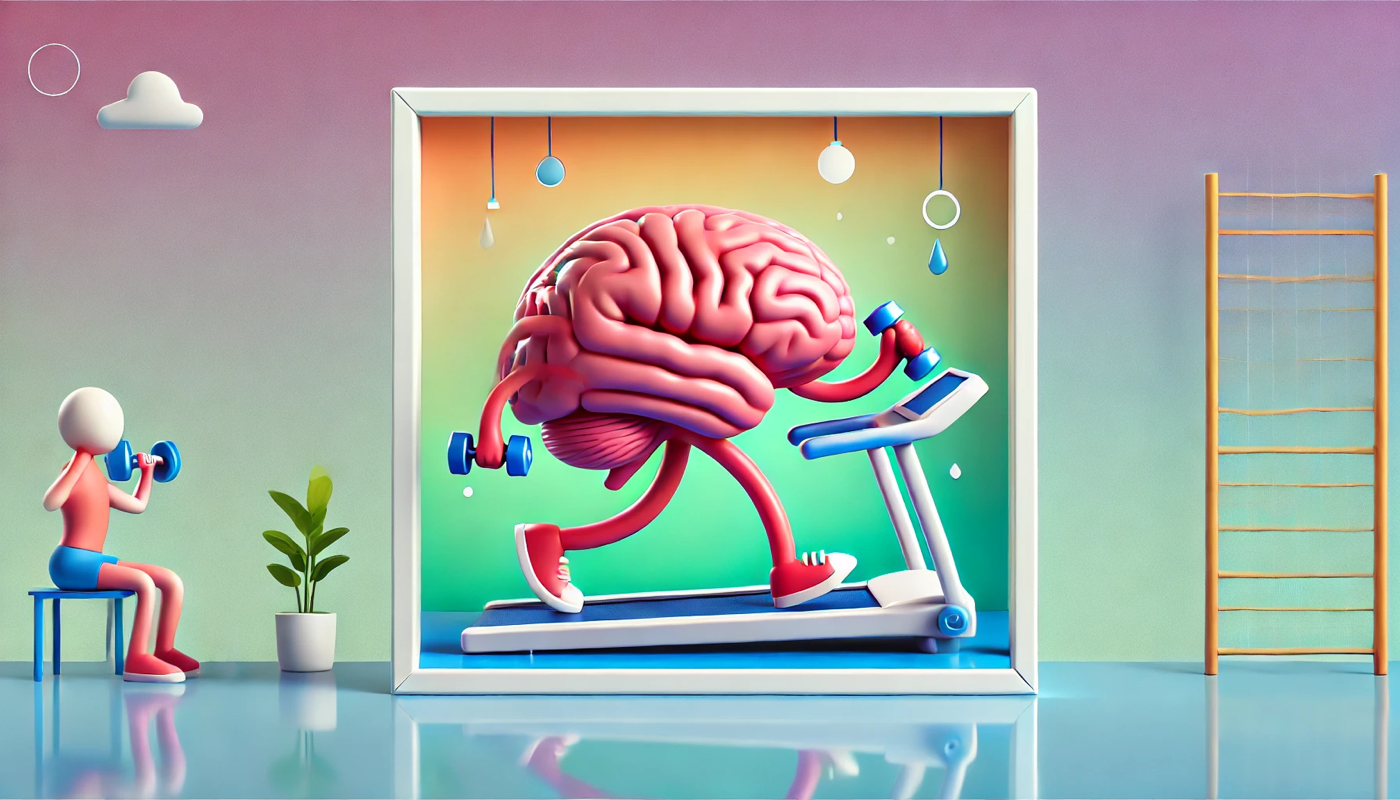Mental Exercises

Mental Exercises for Distraction and Emotional Regulation
Mental exercises are simple, effective tools to distract your mind from distressing thoughts and feelings. They work by engaging your attention in a focused, structured task, giving your brain a break from overwhelming emotions or intrusive thinking. Because they are discreet and require no special tools, mental exercises can be used anytime, anywhere—whether during a moment of stress, anxiety, or simply when you need to refocus.
Experimenting with different exercises allows you to discover which ones resonate best with you and your specific needs. Below is an expanded guide to common mental exercises and how they can benefit your emotional well-being.
How Mental Exercises Help
1.Redirect Attention
Mental exercises pull your focus away from distressing thoughts and onto a neutral or positive task, breaking the cycle of rumination or worry.
2.Engage the Brain
These activities activate parts of the brain involved in logic, memory, and problem-solving, reducing the intensity of emotional overwhelm.
3.Ground in the Present
By focusing on what you can see, feel, or imagine in the moment, you anchor yourself to the present and reduce feelings of disconnection or panic.
4.Promote Cognitive Flexibility
Regular use of mental exercises improves your brain’s ability to shift between tasks, helping you adapt to challenging situations more easily.
Examples of Mental Exercises
1.Name All the Objects You See
•Look around your immediate environment and start naming every object you see.
•This simple task grounds you in your surroundings and interrupts anxious thoughts.
•Example: “Chair, table, lamp, notebook, mug…”
2.Describe the Steps of a Familiar Activity
•Mentally walk through the steps of an activity you know well, such as cooking a recipe, tying a knot, or shooting a basketball.
•Visualizing the steps engages your memory and distracts your mind.
•Example: “First, I grab the basketball and position my hands. Then, I bend my knees and aim for the hoop…”
3.Count Backwards by Sevens
•Start at 100 and count backwards by 7. This requires enough concentration to redirect your focus and can be especially helpful during moments of heightened stress.
•Example: “100, 93, 86, 79…”
4.Pick Up and Describe an Object
•Choose an item near you and describe it in as much detail as possible, using all your senses.
•Example: “This notebook is blue, with a soft leather cover. It feels smooth to the touch, weighs about a pound, and smells faintly of paper.”
5.Spell Names Backwards
•Start with your full name and then move on to the names of family members or friends. Spelling backwards requires enough focus to quiet intrusive thoughts.
•Example: “nhoJ eoD, eilrahC nosrednA…”
6.List Family Members and Their Hobbies
•Name each family member, their age, and one of their favorite activities.
•Example: “Mom, 58, loves gardening. Dad, 60, enjoys fishing. My sister, 32, likes reading.”
7.Read Backwards, Letter by Letter
•Choose a sentence or paragraph and read it backwards, one letter at a time. This forces your brain to focus entirely on the task at hand.
•Example: “siht gnidaer ma I”
8.Draw in Your Mind or Air
•Think of an object, such as your house, an animal, or a favorite vehicle, and “draw” it in your mind or trace it in the air with your finger.
•Example: Imagine drawing the outline of your house, picturing every window and door.
When to Use Mental Exercises
•During Anxiety or Panic Attacks: Quickly redirect your thoughts and focus on something manageable to calm your mind.
•To Refocus After Distraction: Regain concentration after your mind has wandered during work or study.
•For Emotional Regulation: Use these exercises when feeling overwhelmed to create a sense of control.
•As a Grounding Tool: Anchor yourself to the present during moments of dissociation or disconnection.
Benefits of Mental Exercises
1.Immediate Relief
Many mental exercises provide instant distraction from overwhelming emotions, allowing you to regain a sense of control.
2.Portable and Accessible
These exercises require no tools or preparation, making them ideal for use in any situation.
3.Improved Focus and Memory
Regularly engaging in cognitive tasks strengthens attention span and memory over time.
4.Emotional Regulation
Shifting your focus to neutral tasks reduces emotional intensity and creates space for clearer thinking.
Tips for Success
•Be Patient: It’s normal for your mind to wander back to distressing thoughts. Simply refocus on the exercise when this happens.
•Practice Regularly: Build familiarity with these techniques so they become second nature during stressful moments.
•Combine with Breathing: Pair mental exercises with deep breathing for enhanced calming effects.
•Keep it Simple: Start with basic tasks, like naming objects, and progress to more challenging exercises as you feel comfortable.
A Versatile Tool for Managing Stress
Mental exercises are a versatile and practical way to manage stress and overwhelm. Whether you’re dealing with anxiety, distraction, or the need for a mental break, these techniques provide an effective means of redirecting your focus and restoring calm. By incorporating them into your daily routine, you can build resilience and strengthen your ability to navigate life’s challenges with greater clarity and ease.
